Higher classification Parthenium | Scientific name Parthenium argentatum Rank Species | |
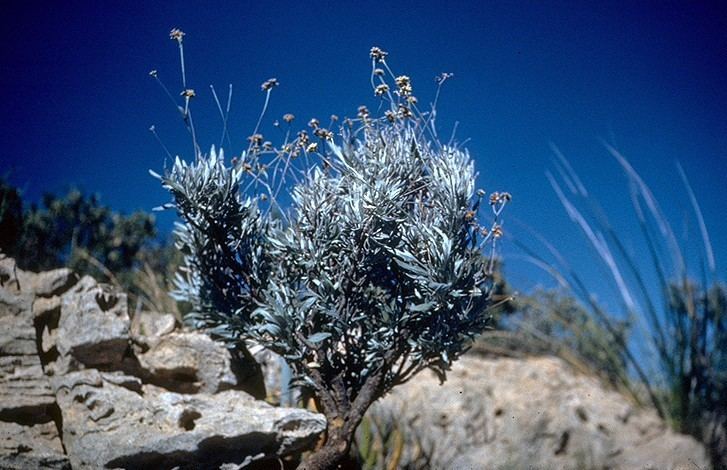 | ||
Tribe HeliantheaeCass., 1819 Similar Parthenium, Taraxacum kok‑saghyz, Manilkara bidentata, Daisy family, Hevea | ||
Parthenium argentatum, commonly known as the guayule (/ɡwaɪˈuːliː/ or /waɪˈuːleɪ/, as in Spanish), is a flowering shrub in the aster family, Asteraceae, that is native to the southwestern United States and northern Mexico. It was originally discovered by J.M. Bigelow in 1852 and was first described by Asa Gray. It can be found in the US states of New Mexico and Texas and the Mexican states of Zacatecas, Coahuila, Chihuahua, San Luis Potosí, Nuevo León, and Tamaulipas. The plant can be used as an alternate source of latex that is also hypoallergenic, unlike the normal Hevea rubber. In pre-Columbian times, the guayule was a secondary source of latex for rubber, the principal source being the Castilla elastica tree. The name "guayule" derives from the Nahuatl word ulli/olli, "rubber".
Contents
- Range and habitat
- Commercial rubber latex source
- Hypoallergenic properties
- Breeding and production
- Biofuel
- References
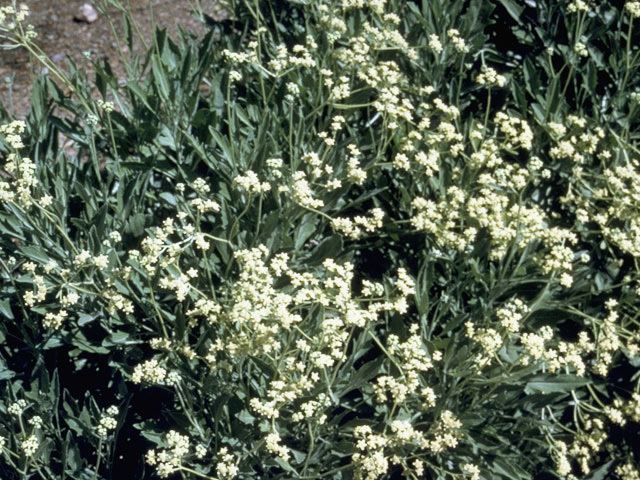
Range and habitat

For sustainable production, guayule grows well in arid and semi arid areas of the southwestern United States, North Central Mexico and regions with similar climates around the world. Because the guayule plant produces terpene resins, which are natural pesticides, it is resistant to many pests and diseases. Herbicides are primarily necessary for stand establishment.
Commercial rubber latex source
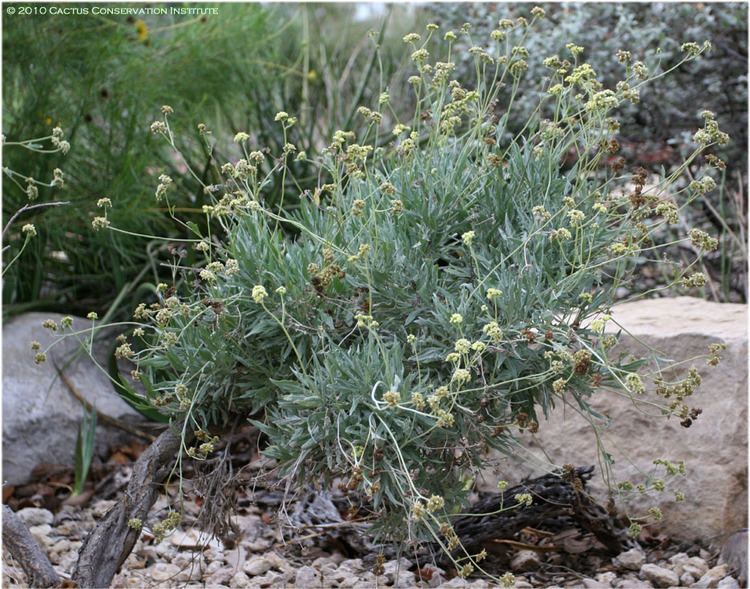
In the 1920s, the plant saw a brief and intense amount of agricultural research when the Intercontinental Rubber Company in California produced 1400 tons of rubber after leaf blight decimated the Brazilian rubber industry. Guayule would again become a replacement for Hevea tree-produced latex during World War II when Japan cut off America's Malaysian latex resources. The war ended before large-scale farming of the guayule plant began, and the project was scrapped, as it was cheaper to import tree-derived latex than to crush the shrubs for a smaller amount of latex.
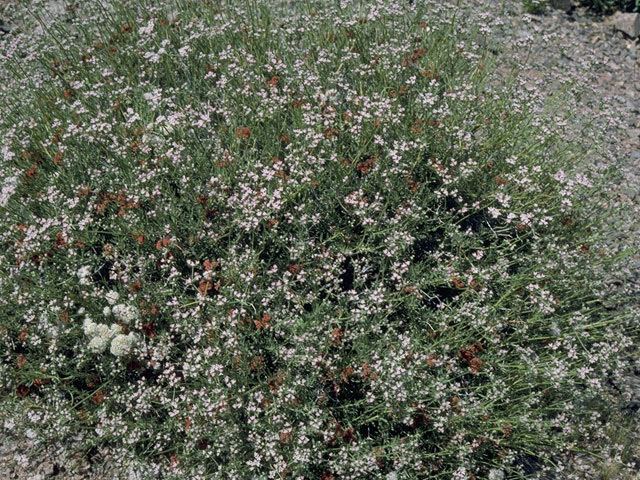
Currently, PanAridus and Yulex are the only commercial producers of guayule natural rubber in the world. Yulex have partnered with Patagonia who are now making its Yulex wetsuit from Guayule derived plant stems in a 60/40 blend (60% guayule, 40% neoprene), reducing dependence on conventional neoprene.
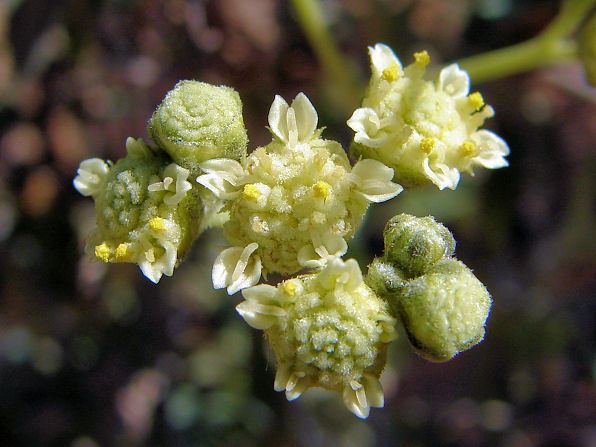
In October 2015, the Bridgestone Corporation announced the creation of the first tires made entirely of guayule rubber, having built an experimental farm and biorubber research center in Mesa, Arizona the previous year. The guayule is grown in Mesa and Eloy, Arizona.
Hypoallergenic properties
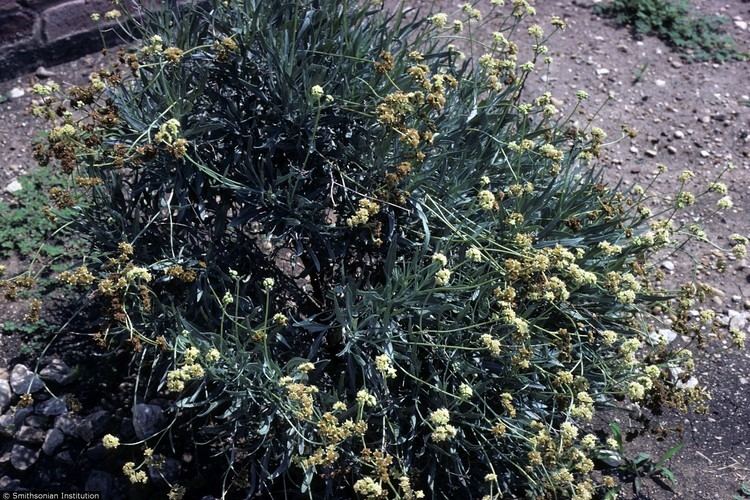
Recently, the guayule plant has seen a small but growing resurgence in research and agriculture due to its hypoallergenic properties. While Hevea-derived rubber contains proteins that can cause severe allergic reactions in a few people, guayule does not. With the AIDS crisis of the 1980s, the surge in rubber glove usage revealed how many people were allergic to latex (about 10% of health care workers, according to OSHA), and thereby created a niche market for guayule. There are synthetic alternatives for medical device products, but they are not as stretchable as natural rubber. Guayule performs like Hevea but contains none of the proteins that cause latex allergies.
Breeding and production
Selection of high-yielding guayule is complicated by its breeding system, which is primarily apomixis (asexual cloning via gametes). However, the breeding system is somewhat variable and considerable genetic variation exists within wild populations. Selection of high-yielding lines has been successful.
Biofuel
Guayule's viability as a potential biofuel has been enhanced recently in light of commentary from a variety of experts, including Lester R. Brown of the Earth Policy Institute, stating that "[food based] biofuels pit the 800 million people with cars against the 800 million people with hunger problems," meaning that biofuels derived from food crops (like maize) raise world food prices. Guayule can be an economically viable biofuel crop that does not increase the world's hunger problem. Guayule has another benefit over food crops as biofuel - it can be grown in areas where food crops would fail.
